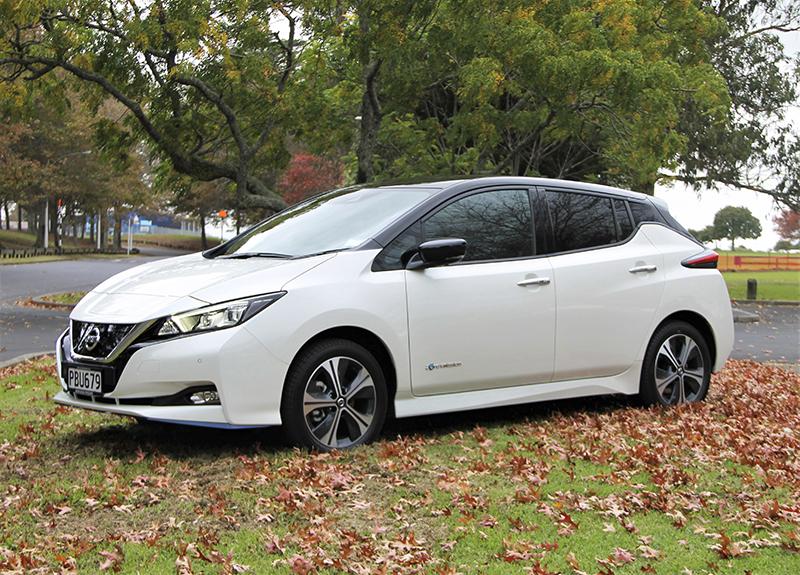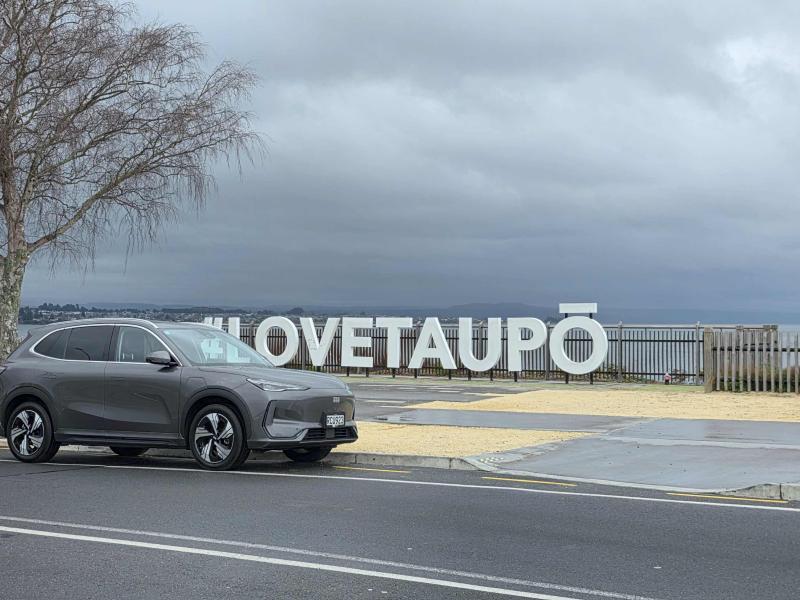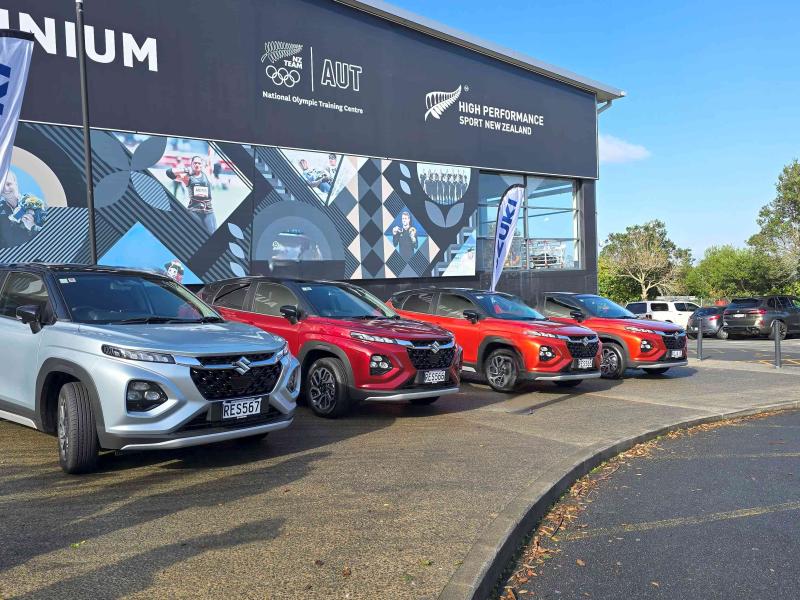Couldn’t have timed this better: it’s Autumn, so what better time to review the latest incarnation – actually just the second generation – Nissan Leaf in its top end spec’ level, the Leaf E+.
Is there a massive difference between the E+ and the regular Leaf?
Well, $8000 (which you can mostly get back thanks to the rebate incentive) greater range on the E+ but faster charging time on the regular model.
Torque rating is higher on the E+ as is the kilowatt output and thus maximum speed is higher while 0 to 100km/h time is faster by about a second. The E+ weighs a little more too.
Spec for spec, the Leaf and Leaf E+ have the same kit on-board.
Has Nissan got the Leaf right? Globally speaking the answer would be a resounding ‘yes’, given the Leaf’s remarkable story of worldwide success.
The original Leaf of 2010 is after all the first mass market electric vehicle and in its first generation it sold over 300,000 units across all its markets.
Uptake of EVs is on the increase here and Nissan is playing its part, but the Leaf is not the most affordable EV, nor does it follow the trend of being an SUV, so what is the secret to its success?
Well, there’s no denying 10 years of being available both locally and globally, but Nissan has not relied on its laurels to continue the Leaf’s success.
Increasing the battery capacity has made a significant difference, enabling heating for both front and rear seats among other things, but perhaps what’s better has been the adoption of AC and DC charging ability.
The Leaf and Leaf E+ can be charged from a regular AC wall socket/wallbox or a faster DC CHAdeMO charging station with the charge ports intelligently positioned in the front centre of the car.
Nissan has done something even cleverer, providing cables for both charging options and containing them neatly in mesh pockets in the rear of the hatch – easily accessible, but out of the way and not compromising the hatchback’s 405 litres (1176 with rear seats down) boot space.
What does compromise boot space – only a little – is the subwoofer about the size of a soundbar, fixed to the floor of the boot. You trade off some boot space – but you do get amazing sound.
This is part of the seven-speaker Bose audio system which integrates Apple CarPlay, Android Auto, Bluetooth audio and phone connectivity with voice command.
And it’s all displayed on an eight-inch touch display which also provides the 3D capable satellite navigation system and the multi split screen intelligent around view monitor.
This is just the start of the Leaf’s formidable safety specification, which includes tyre pressure monitoring and vehicle sound projection for pedestrians among everything else required for the Leaf’s 2022 five-star ANCAP rating.
Along with the intelligent safety features, Nissan has incorporated an e-Pedal, one touch accelerator/braking system to assist with regenerative braking, core to EV operation.






